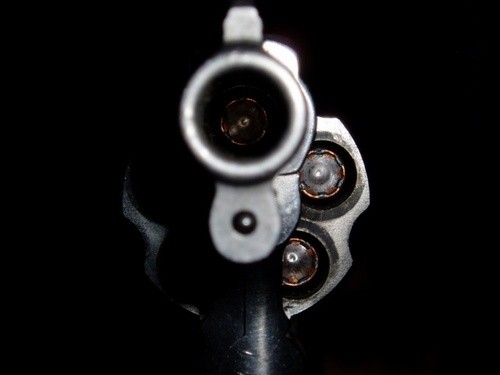Gun ownership in the United States has gone way up yet murders have plummeted. Though high-profile tragedies get mainstream media attention, the gun ban contingent has lost a lot of ground in culture.
There is a reason: With more widespread availability of data it is more difficult for advocacy groups to create false reports using shoddy numbers in the 21st century. Though there is recurring talk about banning vaguely defined 'assault rifles', rifles of any kind are only a few hundred deaths per year. Instead, most deaths are from handguns and most of those are suicide, followed by criminals. Two things banning rifles does not fix. By focusing on banning guns, it ignores the real problem of why so many people commit suicide.
An article on the epidemiology of gun violence from 2003 to 2012 notes that 64 percent of deaths using firearms were suicides, an increase of 11 percent since 2006. The growth in suicide is especially prominent among white males beginning in early adulthood.

"Suicide by firearm is far more common than homicide," said Garen J. Wintemute, professor of emergency medicine and director of the Violence Prevention Research Program at UC Davis. "Over the past 30 years, firearm suicides have exceeded homicides even when homicide rates were at their highest in the late 1980s and early 1990s. But, since 2006, the gap between the two has been widening, with firearm homicides decreasing and suicides increasing."
After analyzing the data for firearm homicides and suicides by age, gender and race/ethnicity, Wintemute found other emerging patterns. For example, homicides among black men and women rose steeply in adolescence and peaked in early adulthood before falling steadily thereafter. In contrast, suicide rates among white men increased in adolescence but continued to rise throughout the lifespan.
When assessing the number of deaths from firearm violence in 2012 for males by age and race/ethnicity, Wintemute found that 88.7 percent of all deaths among black males aged 15 to 44 were caused by homicide and that 89.2 percent of deaths among white males aged 35 to 64 were from suicide. When he corrected for population growth in both groups, he found that the rate of death among white males aged 35 to 64 had increased by 29.1 percent.
"Suicides among white males accounted for nearly half of the deaths from firearm violence during 2012, and suicide among white men is increasing," Wintemute said. "The increase offsets any decline we might have seen in overall firearm-related mortality during the 21st century."
Firearm homicide: Young blacks at high risk
As previous public-health studies have shown, homicides are concentrated to a remarkable degree among black males through much of the lifespan, with rates rising at adolescence and peaking at ages 20 to 24.
"The overall death rate from firearm violence in young black males is very high, and there has been little net change since 1999," Wintemute said.
Firearm homicides among black males aged 20 to 29 are five times higher than those among Hispanic males and at least 20 times higher than for white males. Homicide rates for black females are also higher than rates for Hispanics and whites.
In 2012, firearm homicides were the leading cause of death for black men ages 15 to 24. Among white men, Hispanic men, and black women in that age range, firearm violence ranked second after unintentional injuries.
Firearm suicide: White males and females at higher risk
The data show that suicides are concentrated among whites, with the risk among white men steadily increasing throughout their lifespans and steeply rising from ages 70 to 74. By 85 and older, suicide for white males was 3.2 times that of Hispanic males and five times that of black males.
Suicide risk among white females, while occurring at a lower rate than white males, also shows steady increases from ages 10 to 14 through ages 45 and 49. The suicide rates for white females also were higher than for black or Hispanic females of all ages.
"Contrary to popular belief, mental illness by itself is not a leading contributor to interpersonal firearm violence," Wintemute said. "But mental illness, chiefly depression, is an important contributor to risk for suicide."
Risk factors
According to the General Social Survey, more than 50 million people in the U.S. own firearms and that increases risk of suicide and even homicide.
"Focusing on known risk factors and predictors for firearm violence can have a broad impact," Wintemute said. "We know alcohol and controlled substance abuse are important predictors of future risk for violence directed at others or at oneself, whether or not mental illness is also present."
Numerous studies have shown that a prior history of violence also strongly predicts future violence. For that reason, Wintemute has argued for prohibiting persons convicted of violence misdemeanor crimes such as assault and battery from purchasing firearms.






Comments